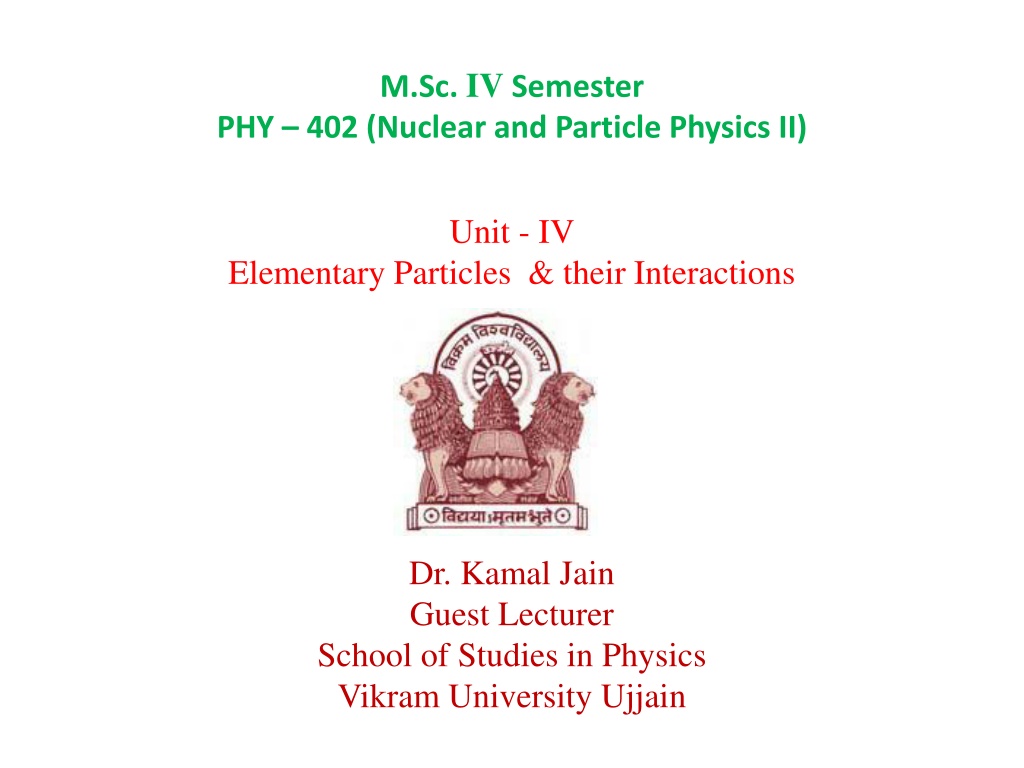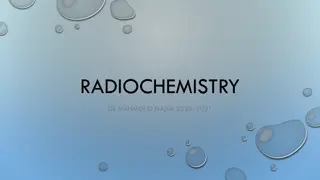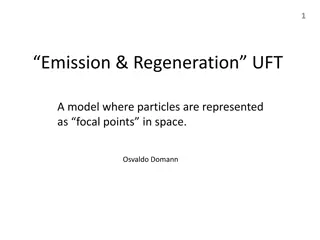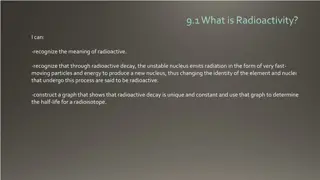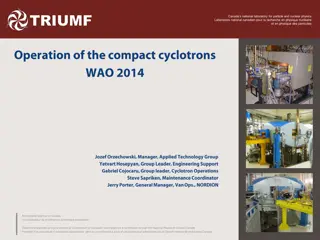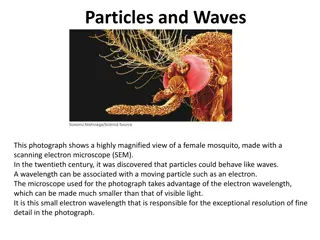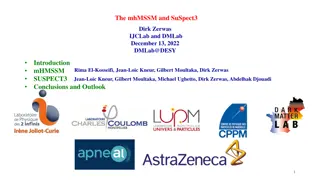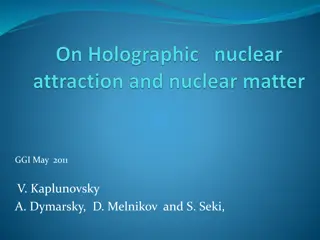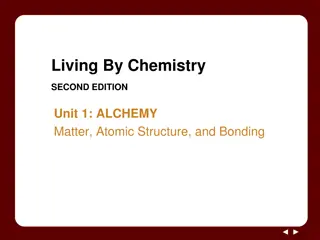Exploring Elementary Particles and Their Interactions in Nuclear and Particle Physics
Delve into the fascinating world of elementary particles, where quarks form the basis of protons and neutrons in the nucleus, alongside electrons. Discover a diverse array of particles such as muons, neutrinos, and quarks, each with unique properties of charge and mass. Uncover the significance of the Higgs Boson in generating mass within the Standard Model of particle physics.
Download Presentation

Please find below an Image/Link to download the presentation.
The content on the website is provided AS IS for your information and personal use only. It may not be sold, licensed, or shared on other websites without obtaining consent from the author. Download presentation by click this link. If you encounter any issues during the download, it is possible that the publisher has removed the file from their server.
E N D
Presentation Transcript
M.Sc. IV Semester PHY 402 (Nuclear and Particle Physics II) Unit - IV Elementary Particles & their Interactions Dr. Kamal Jain Guest Lecturer School of Studies in Physics Vikram University Ujjain
Elementary Particles The nucleus of an atom is made of positively charge proton and electrically neutral neutrons. Protons and neutrons are made of more fundamental particles called quarks. There are two different types quarks, up and down type, which make the proton and the neutron. Electron on the other hand are structure less to the extent we know. All matter around us is made of the quark, the down quark and the electron.
Elementary Particles A neutral particle called neutrino was observed in -decay. Many more particles found in cosmic rays (1930-1950). These were then rediscovered in various laboratory experiments Particels collider experiments also discovered newer particles, otherwise not found in cosmic rays elsewhere in nature. Muon similar to the electron, pion, kaon, lambda etc. (identified as a composite made of quark).
Elementary Particles Leptons Quarks Electron Charge: -1 Mass: 0.5 MeV/C2 e Neutrino Charge:0 Up quark Charge: +2/3 Mass: 2.3 MeV/C2 Down quark Charge: -1/3 Mass: 4.8 MeV/C2 Muon Charge: -1 Mass: 106 MeV/C2 Mu Neutrino Charge: 0 Charm quark Charge: +2/3 Mass: 1275 MeV/C2 Strange quark Charge: -1 /3 Mass: 95 MeV/C2 Tau lepton Charge: -1 Mass: 1777 MeV/C2 Tau Neutrino Charge: 0 Top quark Charge: +2/3 Mass: 173.5 GeV/C2 Bottom quark Charge: -1 /3 Mass: 4.18 GeV/C2
The Higgs Boson The Standard model of particle physics (based on Gauge Quantum Field Theory) requires a scalar (Spin = 0) particle (the Higgs Boson) to generate masses for the matter particles as well as the force carriers.
